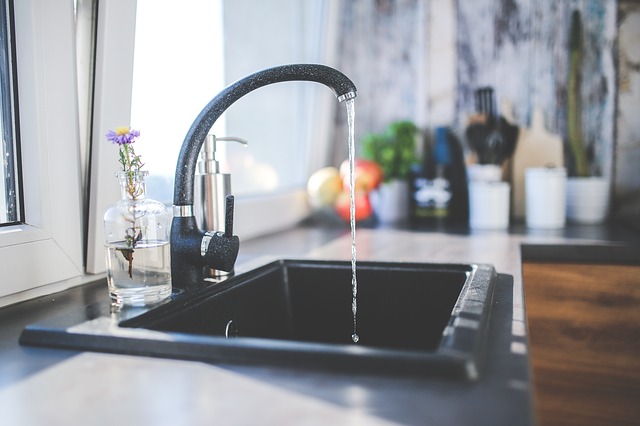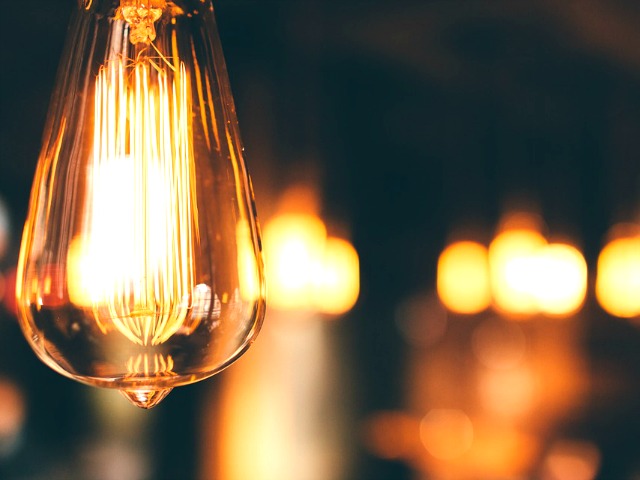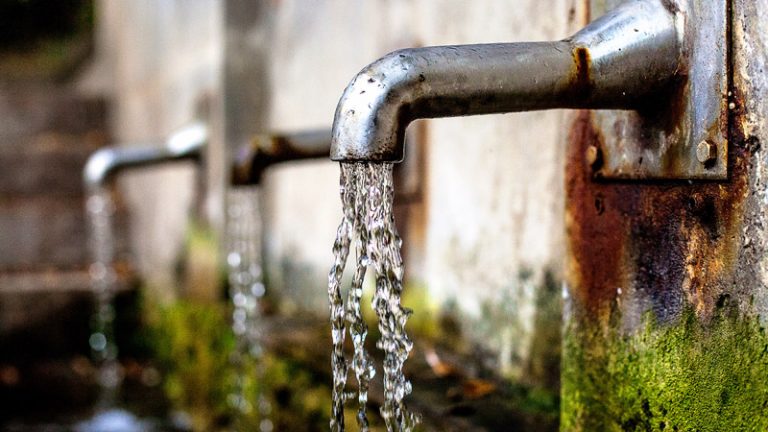
As surprising as it might be to hear, there are still a great many among us that continue to deny climate change and its correlation to the ever worsening and frequency of storms and other natural disasters. Whether you choose to believe it’s related to human activity or not is inconsequential – it simply can’t be argued that every time you turn on the news you come face to face with a sobering story of yet another region being ravaged by a powerful hurricane or debilitating drought.
Unfortunately, these disasters do little to persuade authorities to adequately prepare for the inconceivable. In 2015 alone, nearly 23,000 people died from earthquakes, heatwaves, floods, and landslides. Couple that with $65 billion in subsequent repairs to homes and infrastructure and you’d think the international community might be willing to spend more than half a percent of their annual global aid budget on proactively reducing the danger such events pose.
Frighteningly, these events tend to lead to others, and their added frequency means that more and more people are at risk. For example, a particularly powerful hurricane could lead to a period of flooding which can further decimate crops, destroy homes, and spread disease.
The Greatest Threat to Human Survival in an Emergency: Lack of Clean Water
When contemplating a natural disaster, it’s easy to understand that a person’s thoughts don’t often go to the aftermath, but the fact of the matter is that people are just as likely to be at risk if vital services, like those provided by a municipal wastewater treatment facility, become interrupted for long periods of time.
Humans can only survive for 3 days or so without drinking water. Natural disasters can very easily disrupt a region’s supply by either incapacitating a treatment facility or making it impossible for bottled water to be delivered. Seventy-two hours is a very narrow window indeed to normalize this life-giving service, making it all the more important that there are plans in place in anticipation of a disaster.
Lack of a viable water system also makes it near impossible to dispose of human waste in a safe manner, leading to the proliferation of disease. This can further exacerbate an already dire situation.
Preparedness Starts in the Home
Even if you live in a relatively stable area, it might not always be the case. Having an ample supply of water in your home is an easy way to somewhat lessen the impact of a natural disaster on your family. While keeping a week’s supply (or more) of water on hand is good start, there’s a lot more you can learn from your local water treatment professionals.
Understand the Potential Risks in Your Area
If you speak to your local water treatment company, they should have a pretty good idea of what some of the more prevalent risks your region faces. If you ask, most if not all will have completed a risk assessment and have strategized contingency plans for a number of different scenarios that could disrupt water service in your area. Remember that in an emergency, getting information from a water company might be difficult, so it’s best to inquire as to the best course of action ahead of time.
During a Disaster, Don’t Assume Tap Water is Safe to Drink
A disaster could incapacitate any number of services or equipment that ensures the water that comes out of your tap is safe to consume. Though it might look clean, the water coming out of your tap could be severely contaminated. It’s always best to be on the side of caution, which is why it’s best to have a supply of clean water on hand, or know how to treat it yourself.
Know How to Treat Suspect Water
Storing a week’s worth of water for each family member in your home is a good start, but it might not be enough. With that being said, it’d be worth your while to know how to treat water that you believe might not be safe to drink. Generally speaking, organizations like FEMA and the Red Cross recommend three ways to treat suspect water: you can boil it, chlorinate it, and distill it. If you can’t get the processes from your local water concern, these resources can be found on either agency’s website. Print a copy a keep it in a safe place so you can refer to it when needed.
Natural disasters are not to be trifled with; while there may not be a great deal we can do at the moment to prevent them from occurring, there are steps that we can take to mitigate the dangers that are associated with them, even if it just means that you and your loved ones have enough water to see you through it.





Leave a Comment